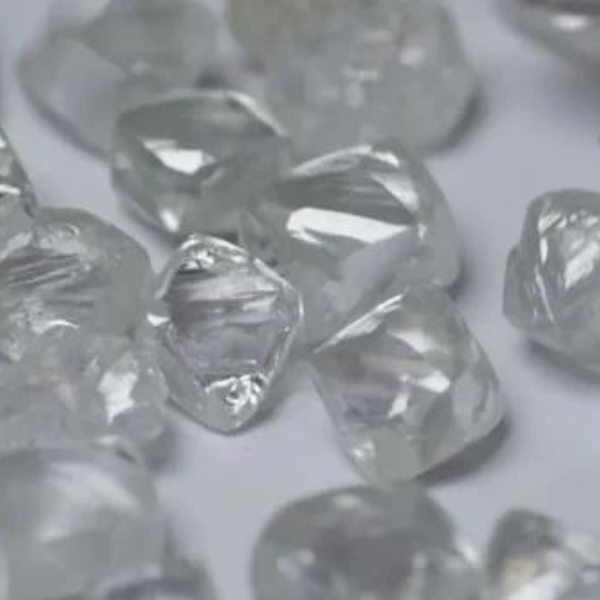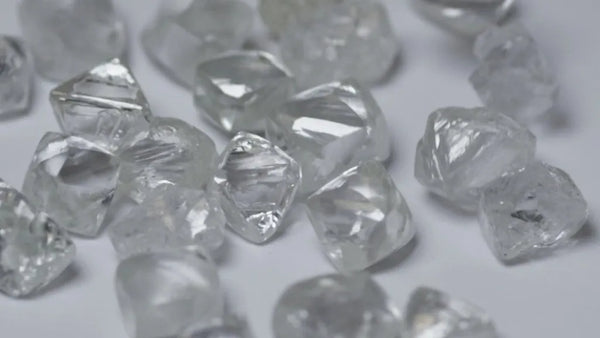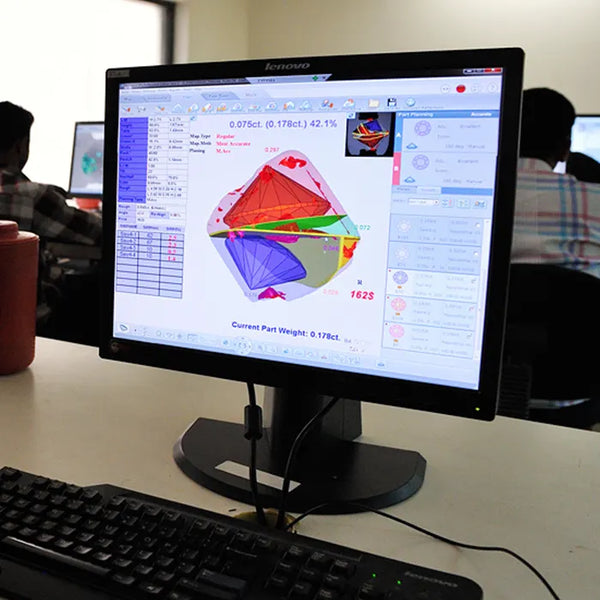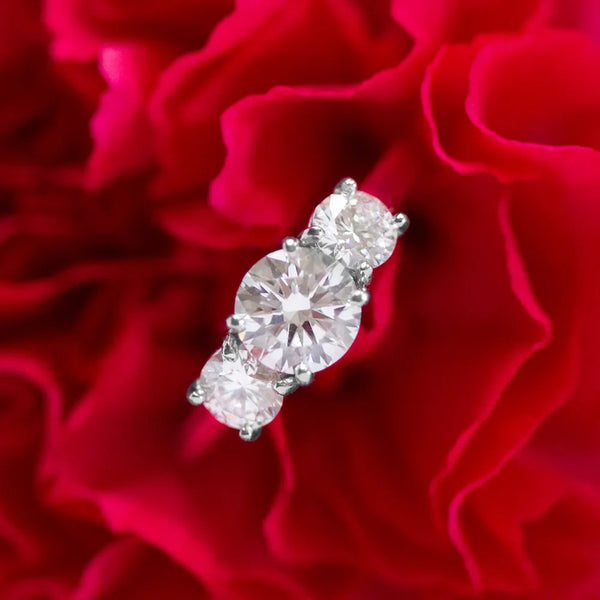
You found your soul mate. So, now you need to find an engagement ring that she’ll love for the rest of her life. No pressure. Outside of buying your home or car, an engagement ring is one of the biggest purchases you will make in your lifetime. It’s important to take a look under the hood – in person – because a diamond’s performance is really not something that can be captured with a photograph on a website.
To help you out before you enter a store, I’ve assembled some hard-won wisdom from the previous 4 generations at Shreve & Co. that will help you get what you want so you can feel as confident as possible when you get down on one knee.
More Than Just a Commodity
Diamonds are formed from carbon, in the earth’s molten interior. Occasionally, a large volume of magma may shoot toward the crust in a formation known as a “pipe”; some of those pipes contain pockets of carbon that have been formed into diamonds by the intense heat of the magma, which can exceed the temperature of the surface of the sun.
The resultant crystals are shaped like a pair of Egyptian pyramids bonded together. Rough diamonds are first cut in half to make the traditional pyramid shape, then cut and polished into finished gems.
 Image courtesy of Hearts On Fire
Image courtesy of Hearts On Fire
The work is painstaking, but today it is mostly done with the assistance of leading-edge technology. Diamonds are sawed in half with wheels coated in diamond dust (only a diamond is hard enough to cut another diamond). That first cut can take a day or more. After that, a skilled gem cutter begins the process of cutting and polishing a “window” into the stone to decide the best shape of cut.
 Image courtesy of GIA
Image courtesy of GIA
When properly shaped and cut, a diamond is like no other crystal – it can capture, reflect inside itself and then release back to a viewer’s eye 98 percent of all light that enters from the top. Its appeal is emotional, based on the sensations a viewer experiences when seeing that play of light.
In order to appreciate this unique power, a buyer has to actually see the diamonds as they will look in jewelry. To do so requires visiting a store that carries a stock of quality stones. You don’t want to look at a diamond to make your purchase, you want to look at your diamond.
An informed retailer will show and tell you about the 4 C’s of diamond value – clarity (imperfections, or lack thereof, in the crystal structure), color (colorless is generally considered perfect), cut (not just the shape, but how well the cut was calculated for that particular stone, and how well it was executed) and carat (the weight of the stone). Of these, cut and carat weight are the greatest determinants of the cost of a stone.
This is a major purchase, and because it is a luxury, you need to be confident in your decision. As they say, diamonds are forever, so you should expect your jeweler to have been around for a while, and to have an impeccable reputation for standing behind his or her products. The jeweler’s reputation is far more important than the text of a guarantee.
Once you’ve found your retailer, trust him or her with your budget. There are a surprising number of options available within every price range. Tell the jeweler your goal – do you want the largest stone you can afford, or the most brilliant, or both? The shape can also affect cost. The best value is almost never the least expensive. Seek beauty, not size.

Lastly, remember why you are making this purchase. You want something that reminds the wearer of your feelings, and hers, every time she looks at it.
5 Quick Tips
- Trust your eyes. Certificates, ratings, and lavish descriptions can tell you almost anything, but your eyes will tell you the truth.
- Don’t get caught up in size. A diamond cut to exacting specifications, which achieves the 98-percent maximum reflection, will actually appear up to 15-percent larger than its actual weight.
- The angles at which the facets are cut determine how large the top of the stone appears, and the perfection with which they are measured and executed can make a major difference in the brilliance and fire of the stone.
- Your taste is the most important thing you bring to the jeweler. The jeweler will show you pieces that you ask about, but a good one will show you shapes and styles you didn’t know existed. You need to bring an open mind; about half the time, a buyer walks out of a store with a completely different style or stone shape than he or she initially wanted.
- Ask the jeweler to show you several very similar sizes and cuts of stones. Inevitably, one will appeal to you and your future spouse more than the others. This process is not possible with catalog or online shopping – you are selecting the style, but someone else is picking your engagement ring for you. If you don’t like what you get, there is no one to make it right online.
What Do I Do Next?
Walk in to our Shreve & Co. location and take a look at our collection of hand selected diamonds. We have thousands of shapes and sizes and can source anything we don’t have in store. Our staff is truly dedicated to finding you the perfect diamond in your budget, so you don’t have any regrets about your purchase. You can also schedule an appointment online today.


